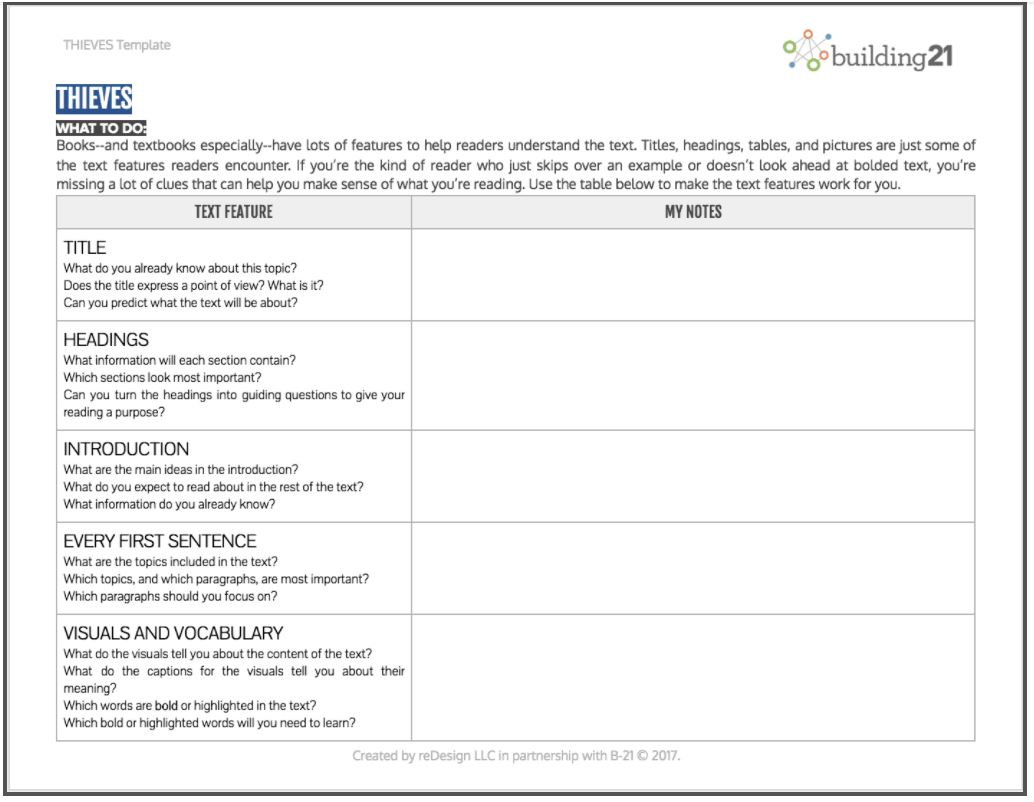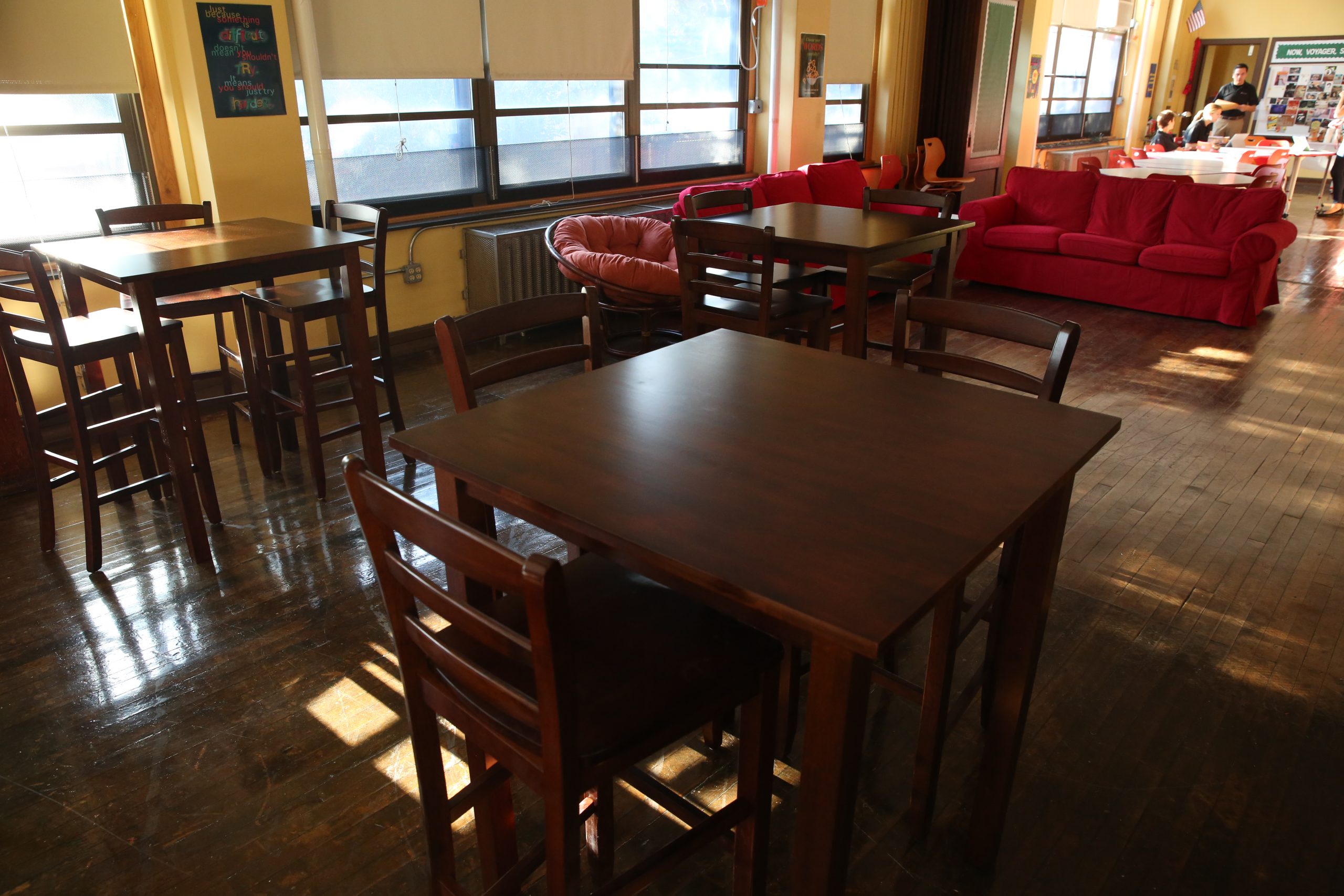It is not news that this past spring stay-at-home orders around the country created a spectacular collision between the demands of remote work for parents and at-home learning for our kids.
Our Building 21 team was not spared. While our Network directly supports educators with resources for student learning and growth, COVID-19 positioned us front and center as teachers in our own home classrooms, providing us with an unexpected yet valuable new look at teaching and learning and our resources.
Prior to COVID-19, our team had collaborated online for several years. Given this, we began our 2020 work-from-home journey as expert “Zoomers”. It had never been unusual for one of our kids to make an appearance on our weekly team video call, peeking over our shoulders to give a wave to the matrix of faces. However, quarantine did increase their presence. We muted more to answer burning questions mid-meeting; multi-tasked more to assist with assignment submissions and concurrent video calls; and vented more about everything from home printer use to kindergarten assignment submission.
Like many, we searched for resources to help facilitate this new normal and we found that many organizations opened their tools to support students and families.
In April, we collected and shared many on a community doc here on our Open Resources Page.
While never losing sight of the tragic loss of life and suffering from this horrible disease, we can now see that this experience has created the space and opportunity for us to view our resources through a new lens. As parents, home with our kids, our resources have taken on a new utility.

As we gear up for another round of remote or hybrid learning this fall, we want to highlight a few resources and share how we believe they can help parents support their student’s learning.

Personal Development Self-Reflection Competencies: Language to talk about effort and decision-making with kids
(Competency language can be adapted for all levels – elementary, middle, high school)
Ensuring that both parents and students maintain a growth mindset while learning at home is challenging. For parents looking for language to talk with kids about effective effort, growth mindset, and balancing time on school and personal technology, this resource, inspired by the Effective Effort Rubric by Mindsetworks, will be helpful. It explores the skills needed to take on challenges, learn from mistakes, accept feedback, and manage time on technology.
My Reading Journal: A resource for reading comprehension
(Journals for Middle School and Elementary School)
How quickly kids can say, “I read it already!” And parents respond, “But did you understand it?”
This resource walks students through essential strategies for comprehension, allowing them to practice visualizing, connecting, predicting, questioning, summarizing, synthesizing, and reflecting. It also provides parents with the language to ask questions and help their kids make connections.



THIEVES: A strategy and support for nonfiction reading
(A template for middle and high school)
Nonfiction texts can be tricky and will show up in the curriculum for kids at all levels. Students will be charged with identifying the text features – headings, tables, maps, pictures – that help them navigate the text and understand the content. Struggling readers may skip over the text features, missing important clues for reading comprehension.
This template can help a student pay attention to these important features and record their reactions to the text as they read.
Other featured resources:



